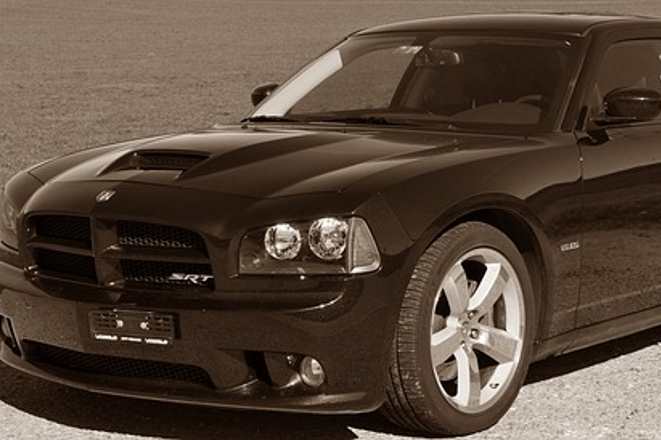The Intricate Dance of Differential Gears: Understanding Their Role & Evolution
Let's delve into the fascinating world of differential gears. This essential component, found in every car’s drivetrain, often goes unnoticed by many. However, its role—distributing power between wheels, enabling smooth turns, and enhancing overall vehicle stability—is crucial. Let's embark on this journey to understand the workings, evolution, and impact of differential gears.

The Genesis of Differential Gears
The roots of differential gears can be traced back to the late 19th century, when automobiles were in their infancy. The initial concept was to create a mechanism that allows the wheels on the same axle to rotate at different speeds, a necessity for taking turns without the wheels skidding. The first patent was awarded in 1827 to a French mechanic, Onesiphore Pecqueur. Throughout the years, the basic design has seen numerous modifications, but the core function remains the same.
The Science Behind the Spinning Wheels
Differential gears are essentially a set of gears that split the engine torque into two outputs. When a car moves straight, the differential distributes equal power to both wheels. However, during turning, the inner wheel travels a shorter distance than the outer wheel. Here, the differential kicks in, allowing the wheels to spin at different speeds, helping the car negotiate the turn smoothly. It’s a delicate mechanical ballet, perfectly synchronized to the driver’s actions.
The Evolutionary Road of Differential Gears
Over the years, differential gears have evolved to meet the changing demands of the automotive industry. The open differential, the most basic type, was soon followed by the limited-slip differential, which provided better traction and stability. The evolution continued with the advent of electronic limited-slip differentials and torque vectoring differentials. These latter advancements brought enhanced control and performance, especially beneficial for high-performance and off-road vehicles.
The Impact and Challenges of Differential Gears
The differential gear has a profound impact on a vehicle’s handling, safety, and efficiency. It influences everything from the smoothness of turns to the vehicle’s stability on slippery surfaces. However, designing a differential that optimally balances power distribution, efficiency, and durability is a significant challenge. Engineers constantly grapple with finding the perfect blend of these factors, often resorting to innovative materials and designs to overcome these hurdles.
The Future of Differential Gears
The quest for superior vehicle performance and efficiency continues to drive the development of differential gears. As the automotive world edges towards more sophisticated and high-tech solutions, differentials too will continue to evolve. Concepts like electronically-controlled differentials and predictive differentials that adjust according to road conditions and driving style are on the horizon, promising to take vehicle performance to the next level.
In conclusion, the differential gear, often overlooked, is a central character in the automotive story. It’s a testament to the beauty of engineering, elegantly solving a complex problem and continually evolving to meet the ever-changing demands of the automotive world.



